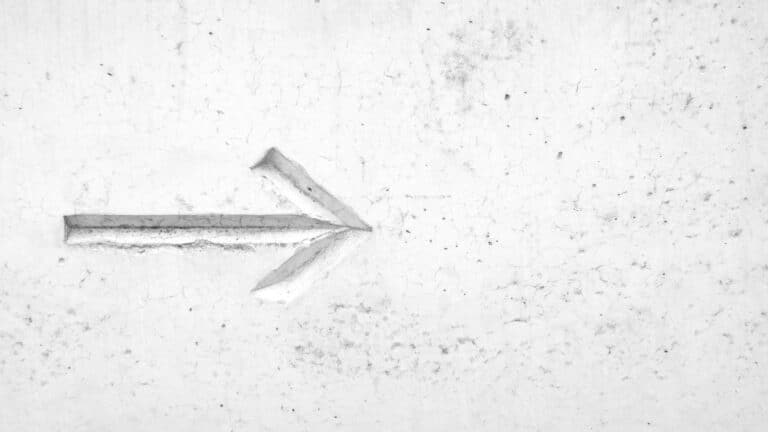Optimize Website Images for Better Performance
In today’s digital landscape, website performance is crucial for user experience and search engine rankings. One of the most effective ways to enhance your site’s performance is to optimize website images. In this comprehensive guide, we’ll explore the importance of image optimization, techniques to achieve it, and how Web Design London can help you implement these strategies.
Why Optimize Website Images?
Images play a significant role in web design and user engagement. However, unoptimized images can slow down your website, leading to higher bounce rates and lower search engine rankings. By optimizing your images, you can:
- Improve page load speed
- Enhance user experience
- Boost SEO rankings
- Reduce bandwidth usage
Techniques to Optimize Website Images
1. Choose the Right File Format
Different image formats serve different purposes. Use JPEG for photographs, PNG for images with transparency, and SVG for icons and logos. Choosing the right format can significantly reduce file size without compromising quality.
2. Compress Images
Image compression reduces file size while maintaining quality. Tools like TinyPNG and ImageOptim can help you achieve this. Web Design London offers advanced compression techniques to ensure optimal results.
3. Use Responsive Images
Responsive images adapt to different screen sizes, improving user experience on mobile devices. Implementing the srcset attribute in HTML allows you to serve the appropriate image size for each device.
4. Implement Lazy Loading
Lazy loading delays the loading of images until they are visible in the user’s viewport. This technique reduces initial page load time and saves bandwidth.
5. Optimize Alt Text
Alt text not only improves accessibility but also helps search engines understand the content of your images. Use descriptive and keyword-rich alt text for better SEO.
6. Leverage Content Delivery Networks (CDNs)
CDNs store your images on multiple servers worldwide, ensuring faster delivery to users. Web Design London can help you integrate a CDN for your website.
7. Regularly Audit Your Images
Conduct regular audits to identify and replace outdated or unoptimized images. This practice ensures your website remains fast and efficient.
How Web Design London Can Help
At Web Design London, we specialize in web design, SEO, and digital marketing services. Our team of experts can help you optimize website images to enhance performance and achieve your business goals. Contact us today to learn more about our services.
Conclusion
Optimizing website images is a critical aspect of web design and SEO. By following the techniques outlined in this guide, you can improve your website’s performance, user experience, and search engine rankings. Let Web Design London assist you in implementing these strategies for a faster, more efficient website.













